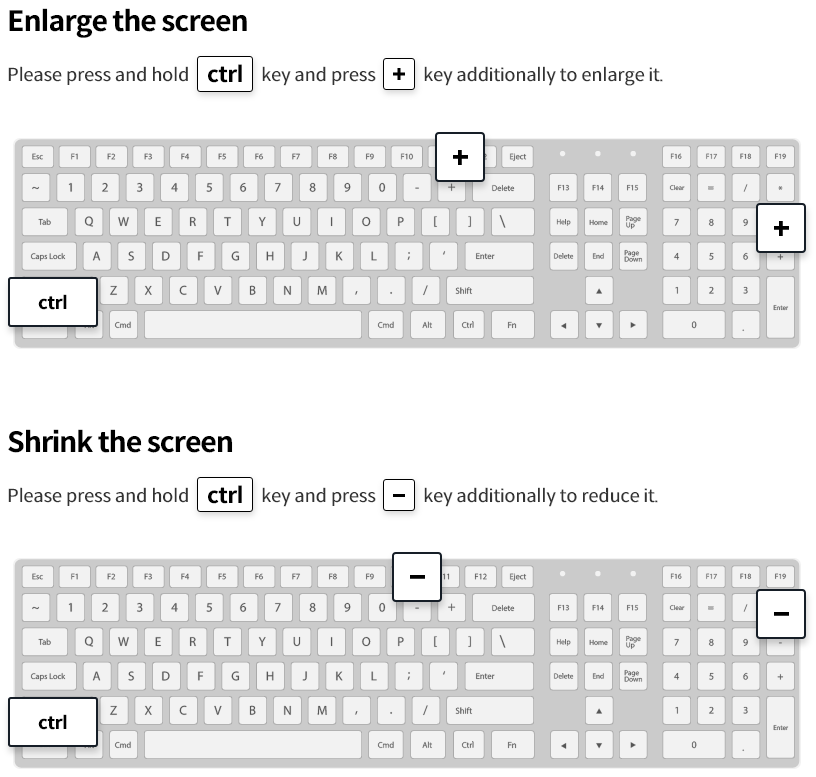The Export-Import Bank of Korea (www.koreaexim.go.kr, Chairman Lee Duk-hoon, "korea Eximbank") announced on December 31 that it will provide USD 78.69 million in EDCF* loans for Sri Lanka to launch two water supply projects.
- The Economic Development Cooperation Fund (EDCF) was established by the Korean government in 1987 to promote economic exchanges with the developing world and to assist developing countries in achieving industrialization and economic stability through the provision of long-term, low-interest credit. As of November 2014, EDCF has committed over KRW 10.57 trillion in loans for 316 projects in 51 countries.
Executive Director of Korea Eximbank Yim Seong-hyeog met with Sri Lankan Minister of Financial Planning P.B. Jayasundera at the governmental office building in Colombo, Sri Lanka and signed the loan agreement.
Of the USD 78.6 million in EDCF loans to be used to supply clean and safe water to local residents, USD 58.16 million will be given for the Deduru Oya Water Supply Project and USD 20.53 million for the Ruwanwella Water Supply Project, respectively.
The two projects will build comprehensive water supply facilities including water intake facilities, filtration plants, and reservoirs in Deduru Oya in Kurunegala and Ruwanwella in Kegalle.
Water penetration rates in these two regions reach less than 20%, resulting in a number of patients with water borne diseases such as chronic kidney failure due to lack of water resources.
Once the projects are completed, it is predicted that about 130,000 local residents will be able to receive clean water, greatly increasing water penetration to 67%.
As a result, the projects are likely to earn the reputation as one of Sri Lanka's best environmental infrastructure projects that drastically improve the health environment in the regions by enabling the prevention of waterborne diseases.
In particular, the Korean firm to be in charge of the project is planned to provide local training covering from test running to management to ensure the effective management of the water supply facilities, further enhancing the project quality.
The Sri Lankan government set up a central department dedicated to water supply and drainage systems, paying close attention to the chronic water shortage problem.
According to Mahinda Chintana (Vision for the Future) established in 2010, the government aims to increase water penetration to 90% by 2020.
A Korea Eximbank official says, "Demand for socio-economic infrastructure development has been rapidly increasing in Sri Lanka since the end of the civil war in 2009 in order to rebuild the country." He added, "Given Sri Lanka's establishment of FTAs with India and Pakistan as a member of the South Asian Free Trade Area, these EDCF projects are expected to facilitate Korean businesses to make entry into the Sri Lankan market and the broader Southeast Asian market."
Sri Lanka is an island country located in the southeast of the Indian Ocean and is also known as the pearl of the Indian Ocean.
The size of the country is two sevenths of the Korean peninsula with a population of 21 million.
It is highly dependent on trade due to lack of natural resources. Since the end of the civil war, Sri Lanka has been recording over 6% annual growth rates thanks to revitalized tourism and increased government investments.


